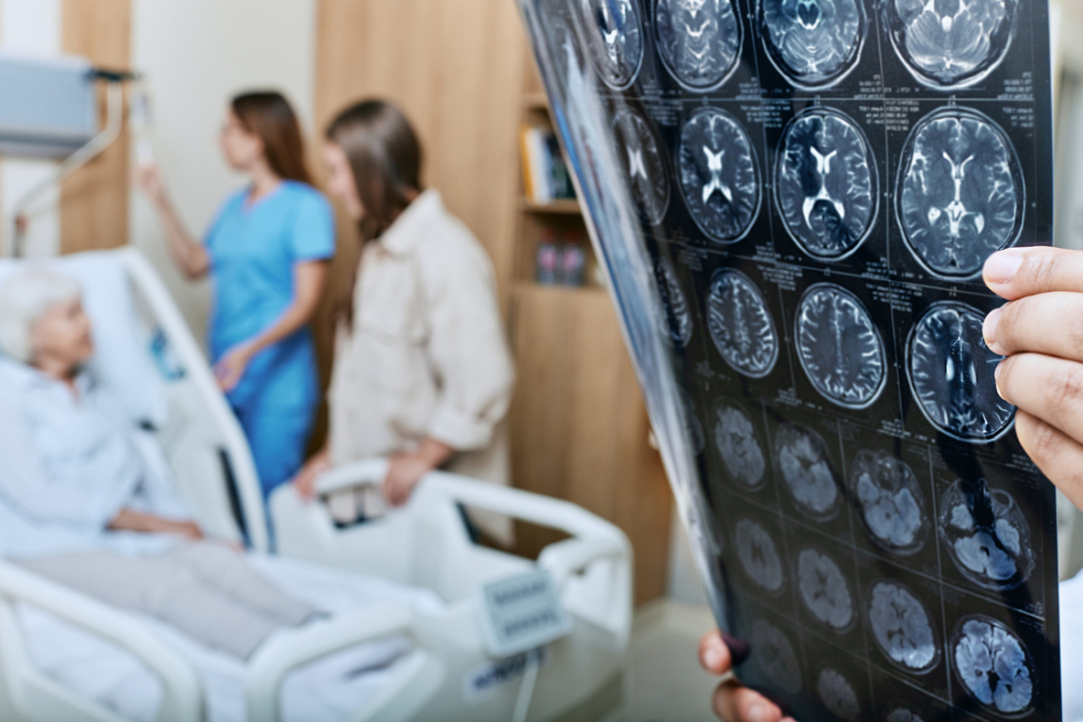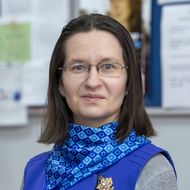Neural Network Developed at HSE Campus in Perm Will Determine Root Cause of Stroke in Patients

Specialists at HSE Campus in Perm and clinicians at Perm City Clinical Hospital No. 4, have been collaborating to develop a neural network capable of determining the root cause of a stroke. This marks the world's first attempt to create such a system, the developers note.
According to Sofya Kulikova, Senior Research Fellow at the Centre for Cognitive Neuroscience, HSE Campus in Perm, specialists at her centre have been collaborating with their colleagues at City Hospital No. 4 since 2019. During this period, they have co-authored multiple papers and hosted two workshops on employing various tools for data analysis in neurology.
They began collaborative efforts to develop a new AI tool for identifying the cause of strokes about a year ago, after winning a competition for Research and Study Groups.
Identifying the cause of a stroke is a crucial task for preventing any reoccurrences, which tend to be even more severe than primary strokes, according to Kulikova. A substantial amount of data is required for designing neural network-based tools capable of handling such a task.

'Therefore, colleagues from the clinic have been actively collecting and marking up data, while also involving their peers from other regions in the study. Simultaneously, our group has been developing and testing a tool designed to automatically identify not only the location of the lesion but also the potential underlying cause of the stroke using an MRI image.'
Data for the project is submitted by physicians from various Russian clinics, and over 1,000 images have so far been uploaded to the database. These images are used to train the neural network to identify the most probable cause of a stroke in each instance, the Perm Region Ministry of Health told TASS.
A stroke is an acute interruption of blood supply to the brain, which can be either ischemic or haemorrhagic. In an ischemic stroke, blood vessel blockage by a thrombus or atherosclerotic plaque impedes blood flow to the brain, resulting in oxygen deprivation and subsequent neuronal death. In a haemorrhagic stroke, a cerebral vessel ruptures, causing bleeding into surrounding tissues, which also results in neuronal death. Ischemic strokes are more likely to cause severe forms of disability, such as impaired speech, memory, coordination, and motor functions, while haemorrhagic strokes often result in death. Additionally, there are transient ischemic attacks, often referred to as micro-strokes. They occur when blood flow in the cerebral arteries is briefly interrupted, leading to focal brain lesions, but the symptoms typically dissipate quickly. As a result, patients often disregard the symptoms until the condition becomes critical. According to the World Health Organization (WHO), stroke ranks among the top ten leading causes of death worldwide. Furthermore, half of stroke patients experience recurrent strokes, with up to 15% experiencing them up to four times.
According to the WHO, 75% of strokes are avoidable through timely prevention measures combined with medical supervision. That is why identifying the underlying cause of the condition is so crucial. To achieve this, each patient hospitalised with an ischemic stroke undergoes a comprehensive set of studies, including CT or MRI of the brain, visualisation of cerebral vessels, ultrasound of the vessels in the neck, heart, arteries, and veins of the lower extremities, as well as electrocardiography and Holter ECG monitoring.
However, according to Professor Alexey Kulesh, Head of the Neurology Department at Clinical Hospital No. 4, in 40% of cases, these studies do not provide a clear understanding of the underlying cause of the disease. The percentage of recurrent strokes does not decrease, indicating that the underlying cause of the acute pathology has not been determined, resulting in ineffective preventative therapy being prescribed.
Until now, there hasn't been a systematic analysis, recognised by medical practitioners worldwide, correlating the shape of the lesion with the cause of stroke. This inspired the idea of creating a database of stroke lesion images and using AI to group them according to common characteristics.

Alexey Kulesh
'Certain patterns are evident, and artificial intelligence can already provide insights with a high degree of probability regarding the cause of a particular stroke. Certainly, the standard examination of a patient with an ischemic stroke will be conducted by default. However, with the assistance of a neural network, we will be able to place a diagnostic emphasis in the most probable area, enabling us to do so more efficiently. During a single hospital stay, the patient will receive treatment, rehabilitation, and recommendations for preventing recurrent strokes.'
Currently, there is an experimental version of the tool that has been tested by Kulikova and her colleagues 'on open data related to another brain disease, with very promising results.' Some of these results were presented at the Sixth International Cognitive Neuroscience Forum in Yekaterinburg. Experts are hopeful that after completing data collection and testing the tool on its own database, it will prove valuable for a wide range of medical practitioners.

